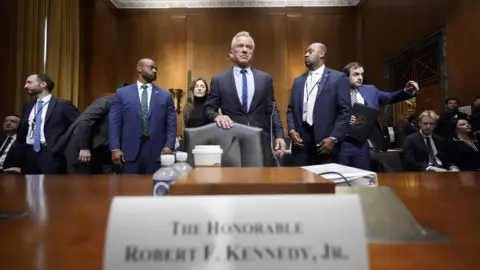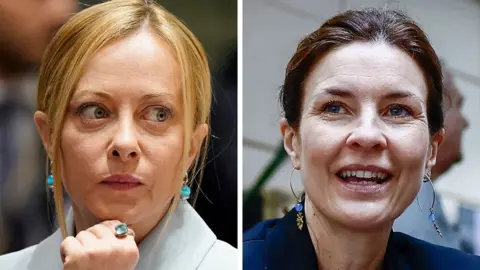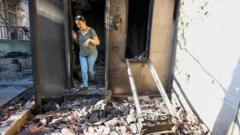In early December, hundreds gathered to witness the unveiling of a significant Futurism exhibition—an art movement emblematic of Italy's early 20th-century avant-garde contributions. However, the event's atmosphere was overshadowed by the absence of scholars who had dedicated their expertise toward curating this display. Many had been dismissed by the culture ministry and replaced by a newly formed committee comprising individuals with differing areas of expertise, raising eyebrows regarding the ideological motives behind these changes.
Massimo Duranti, one of the dismissed experts, voiced his dismay, stating he felt erased from the project's history. The new organizing committee is accused of shifting the exhibit's focus towards a glorification of Futurism during the Fascist era, a move that has sparked outrage among critics who allege that the exhibition's intent has been compromised.
In defense, Massimo Osanna, director of Italy's state museums, argued that the new committee's aim was simply to present the era from diverse perspectives, denying any ideological bias. This controversial exhibition aligns with former culture minister Gennaro Sangiuliano's vision before his exit due to a personal scandal, with many claiming that the current administration reflects the political leanings of Prime Minister Giorgia Meloni, whose party has roots in post-Fascist ideals.
As criticism persists, the clash between governmental oversight and artistic integrity continues, raising fundamental questions about the role of state intervention in the arts in contemporary Italy.
Massimo Duranti, one of the dismissed experts, voiced his dismay, stating he felt erased from the project's history. The new organizing committee is accused of shifting the exhibit's focus towards a glorification of Futurism during the Fascist era, a move that has sparked outrage among critics who allege that the exhibition's intent has been compromised.
In defense, Massimo Osanna, director of Italy's state museums, argued that the new committee's aim was simply to present the era from diverse perspectives, denying any ideological bias. This controversial exhibition aligns with former culture minister Gennaro Sangiuliano's vision before his exit due to a personal scandal, with many claiming that the current administration reflects the political leanings of Prime Minister Giorgia Meloni, whose party has roots in post-Fascist ideals.
As criticism persists, the clash between governmental oversight and artistic integrity continues, raising fundamental questions about the role of state intervention in the arts in contemporary Italy.




















